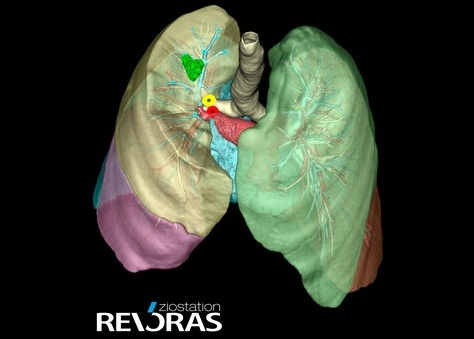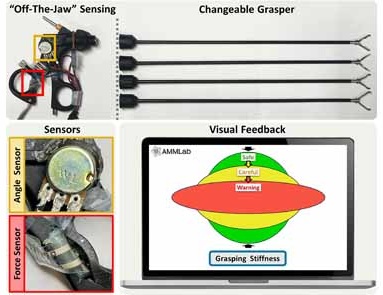KUKA Presents Robot-Based Assistance Systems at MEDICA 2022
|
By HospiMedica International staff writers Posted on 15 Nov 2022 |
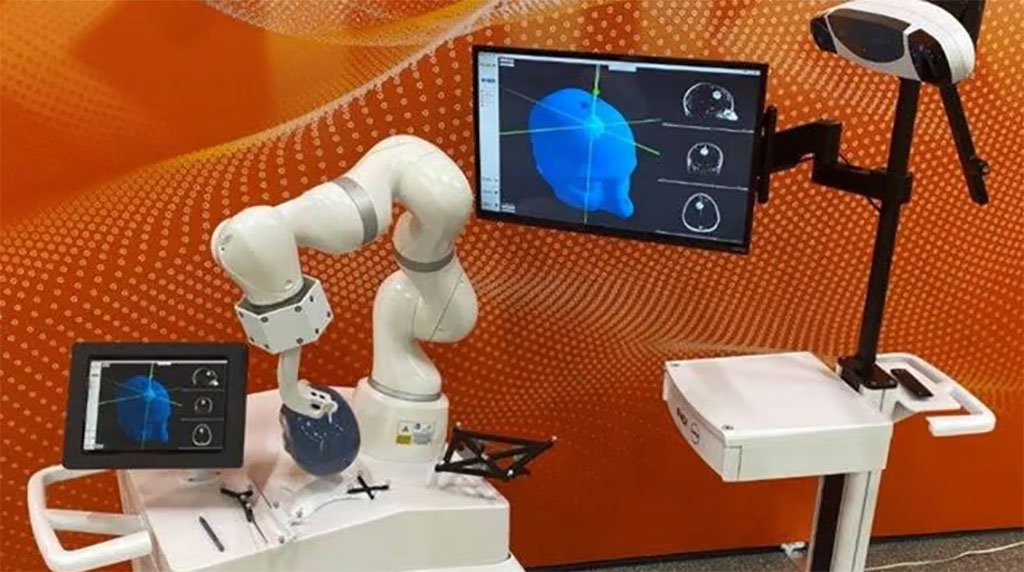
Robotic-based assistance in medicine and everyday hospital life relieves doctors as well as nursing staff and improves patient care. At the MEDICA 2022, KUKA AG (Augsburg, Germany) is presenting applications which show what is currently possible in the field of hair transplants, massages and in the biopsy of brain tumors. Furthermore, the company will present the new generation software KUKA Sunrise.OS Med 2.6 as well as welcome the finalists of the "KUKA Innovation Award", which is being presented as part of this year’s MEDICA.
At the world's largest medical technology trade fair MEDICA taking place from November 14 to 17 in Düsseldorf, KUKA is presenting applications which help reduce medical staff expenses and improve patient care. In hall 10 at booth A22, medical applications based on the seven-axis lightweight robot LBR Med can be discovered. It has been certified as the world's first robot-based component for integration into medical devices. The lightweight robot LBR Med was developed specifically for applications in medical technology and can be easily integrated into clinical assistance systems. Due to its sensitive sensor technology, comprehensive safety packages, hygiene-optimized surface and certification, medical device manufacturers choose the LBR Med as a basis for their products.
Among others, trade show visitors can explore a demo cell how the LBR Med assists in the biopsy of a brain tumor. The biopsy is simulated on a model with real-time tracking based on cameras from the company NDI for showcase purpose. The user can place the biopsy needle with the help of the LBR Med, which is mounted on a cart from MPE. The target and entry positions are planned in advance based on computed tomography data and displayed on an interactive screen. If the positioning of the model changes, the LBR Med follows the predetermined position thanks to dynamic tracking. The robotic-based application makes the procedure more precise.
Trade fair visitors will also have the opportunity to get to know the new software generation for the LBR Med, the KUKA Sunrise.OS Med 2.6, through the exhibits. The object-oriented programming is based on Java 8 and Windows 10 and enables fast commissioning. The new generation offers various option packages that, for example, allow very precise hand guidance or give the LBR Med a high degree of rigidity, e.g. in orthopedic operations. Real-time communication with the robot controller is enabled by new functions in KUKA Sunrise.FRI Med. Additionally, at MEDICA 2022 KUKA is presenting a model of the KR QUANTEC HC, a robot with a payload of up to 300 kg. Among other things, it is suitable for carrying heavy medical equipment such as a linear accelerator used in tumor therapies or an X-ray system in angiography. The KR QUANTEC HC has numerous features, such as additional brakes and a personnel recovery system, and allows the brakes to be released manually. As a result, the KR QUANTEC HC could be, for instance, moved manually in the event of a power failure.
Related Links:
KUKA AG
Latest MEDICA 2022 News
- Fisher & Paykel Highlights Innovative Products for Respiratory Care at MEDICA 2022
- Huntleigh Exhibits Range of Vital Signs Monitoring Solutions at MEDICA 2022
- Owen Mumford Presents Cutting-Edge Capillary Blood Sampling Devices for POC Testing
- Noul Demonstrates AI-Driven On-Site Diagnostics Platform at MEDICA 2022
- Heyer Medical Exhibits State-Of-The-Art Ventilators, Anesthesia Workstations and Surgical Lights
- Progetti Highlights Advanced Defibrillators for Emergency Medicine at MEDICA 2022
- LG Electronics Showcases State-Of-The-Art Surgical, Diagnostic and Clinical Monitors at MEDICA 2022
- World’s First Detachable 4K 8MP Handheld Camera for Telemedicine Showcased at MEDICA 2022
- EIZO Exhibits Complete New CuratOR Series of Surgical Monitors at MEDICA 2022
- Parker Labs Showcases Range of Ultrasound Equipment Cleaners and Disinfectants
- OptoMedic Demonstrates Range of Endoscopic Imaging Systems at MEDICA 2022
Channels
Artificial Intelligence
view channel
Innovative Risk Score Predicts Heart Attack or Stroke in Kidney Transplant Candidates
Heart researchers have utilized an innovative risk assessment score to accurately predict whether patients being evaluated for kidney transplants are at risk for future major cardiac events, such as a... Read more
AI Algorithm Detects Early-Stage Metabolic-Associated Steatotic Liver Disease Using EHRs
Liver disease, which is treatable when detected early, often goes unnoticed until it reaches advanced stages. Metabolic-associated steatotic liver disease (MASLD), the most prevalent form of liver disease,... Read moreCritical Care
view channel
First-Of-Its-Kind AI-Powered Probability Scoring System Assesses Heart Failure with Preserved Ejection Fraction
Heart failure with preserved ejection fraction (HFpEF) is one of the most difficult types of heart failure to diagnose due to the intricate interaction between various clinical and echocardiographic factors.... Read more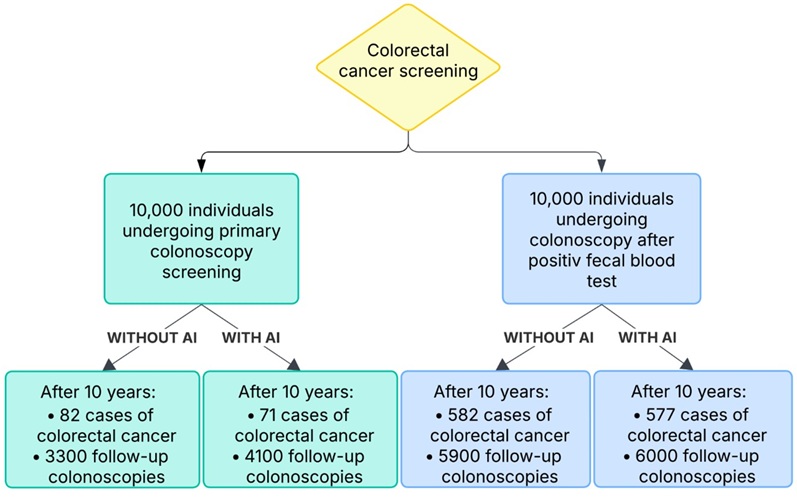
AI-Assisted Colonoscopy Detects More Polyps but Has Modest Effect on Cancer Risk
Colorectal cancer is among the most common cancers in the Western world. Currently, screening is performed using a test that detects blood in the stool (FIT screening). If the test identifies a certain... Read more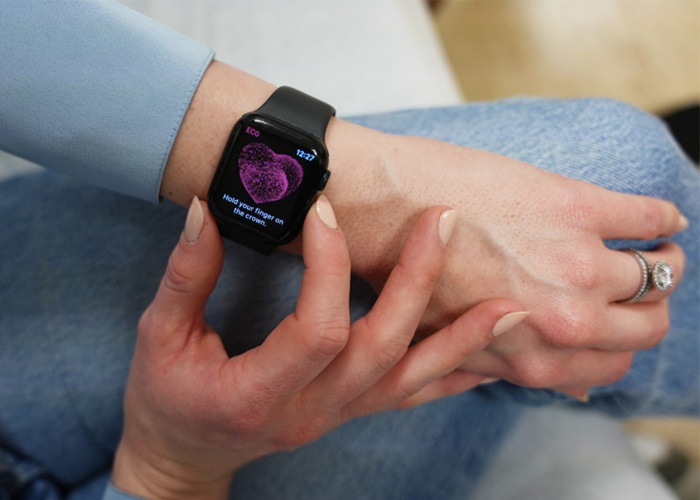
Wearables Could Reduce Need for Continuous Blood Thinners in Patients with Atrial Fibrillation
Atrial fibrillation (AFib) is the most prevalent heart arrhythmia, affecting over 5 million individuals in the United States, with projections suggesting that number could rise to 12.1 million by 2030.... Read moreSurgical Techniques
view channel
Tiny Robotic Tools Powered by Magnetic Fields to Enable Minimally Invasive Brain Surgery
Over the past few decades, there has been a significant surge in the development of robotic tools designed to facilitate minimally invasive surgeries, improving recovery times and patient outcomes.... Read more
Magnetic Tweezers Make Robotic Surgery Safer and More Precise
Microrobots are small-scale robots designed using nanotechnology, and they hold significant potential for various medical applications, including surgery, targeted drug delivery, and biopsy.... Read morePatient Care
view channel
Portable Biosensor Platform to Reduce Hospital-Acquired Infections
Approximately 4 million patients in the European Union acquire healthcare-associated infections (HAIs) or nosocomial infections each year, with around 37,000 deaths directly resulting from these infections,... Read moreFirst-Of-Its-Kind Portable Germicidal Light Technology Disinfects High-Touch Clinical Surfaces in Seconds
Reducing healthcare-acquired infections (HAIs) remains a pressing issue within global healthcare systems. In the United States alone, 1.7 million patients contract HAIs annually, leading to approximately... Read more
Surgical Capacity Optimization Solution Helps Hospitals Boost OR Utilization
An innovative solution has the capability to transform surgical capacity utilization by targeting the root cause of surgical block time inefficiencies. Fujitsu Limited’s (Tokyo, Japan) Surgical Capacity... Read more
Game-Changing Innovation in Surgical Instrument Sterilization Significantly Improves OR Throughput
A groundbreaking innovation enables hospitals to significantly improve instrument processing time and throughput in operating rooms (ORs) and sterile processing departments. Turbett Surgical, Inc.... Read moreHealth IT
view channel
Printable Molecule-Selective Nanoparticles Enable Mass Production of Wearable Biosensors
The future of medicine is likely to focus on the personalization of healthcare—understanding exactly what an individual requires and delivering the appropriate combination of nutrients, metabolites, and... Read more
Smartwatches Could Detect Congestive Heart Failure
Diagnosing congestive heart failure (CHF) typically requires expensive and time-consuming imaging techniques like echocardiography, also known as cardiac ultrasound. Previously, detecting CHF by analyzing... Read morePoint of Care
view channel
Handheld, Sound-Based Diagnostic System Delivers Bedside Blood Test Results in An Hour
Patients who go to a doctor for a blood test often have to contend with a needle and syringe, followed by a long wait—sometimes hours or even days—for lab results. Scientists have been working hard to... Read more
Smartphone-Enabled, Paper-Based Quantitative Diagnostic Platform Transforms POC Testing
Point-of-care diagnostics are crucial for public health, offering rapid, on-site testing that enables prompt diagnosis and treatment. This is especially valuable in remote or underserved regions where... Read moreBusiness
view channel
Expanded Collaboration to Transform OR Technology Through AI and Automation
The expansion of an existing collaboration between three leading companies aims to develop artificial intelligence (AI)-driven solutions for smart operating rooms with sophisticated monitoring and automation.... Read more














